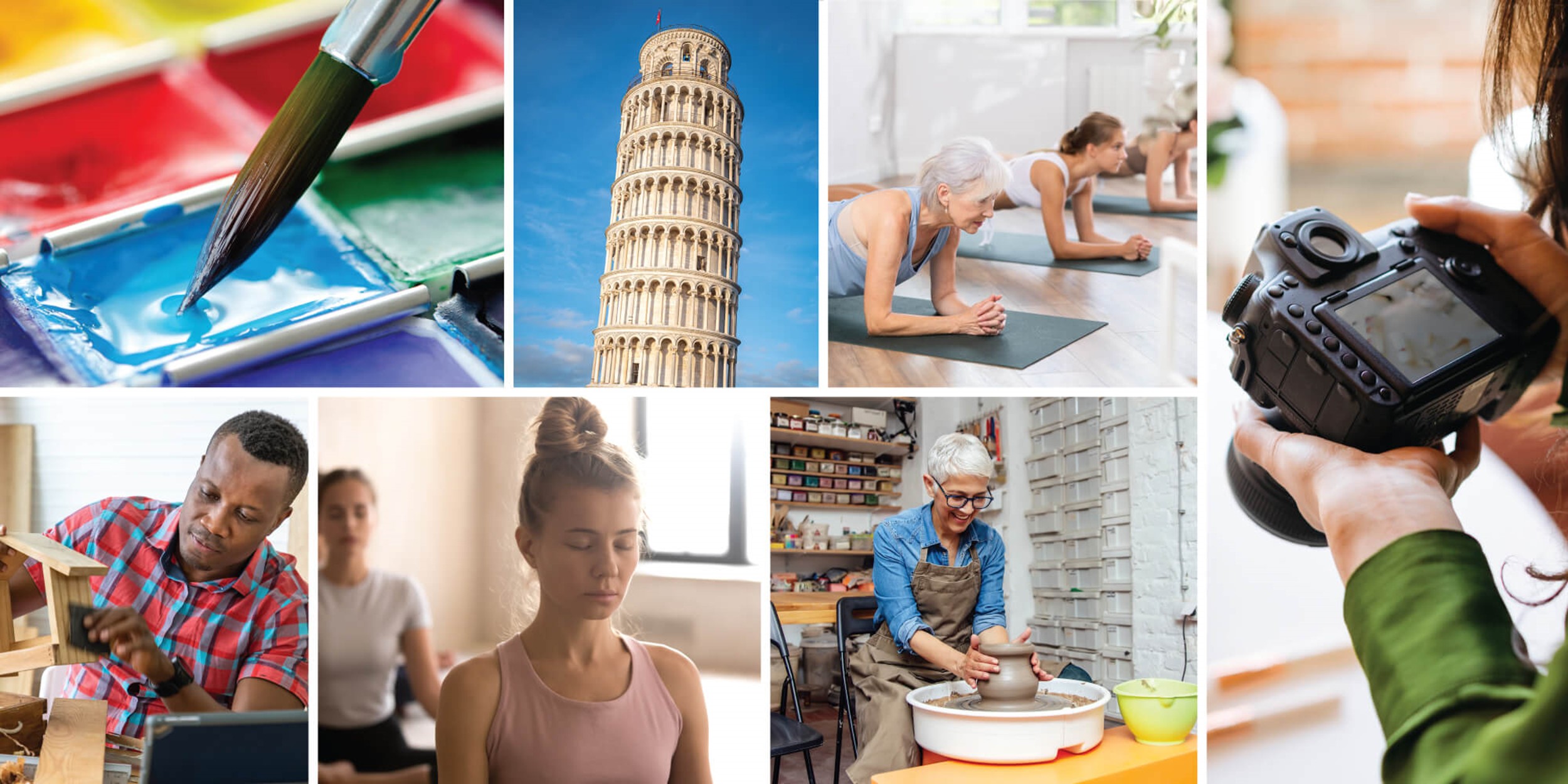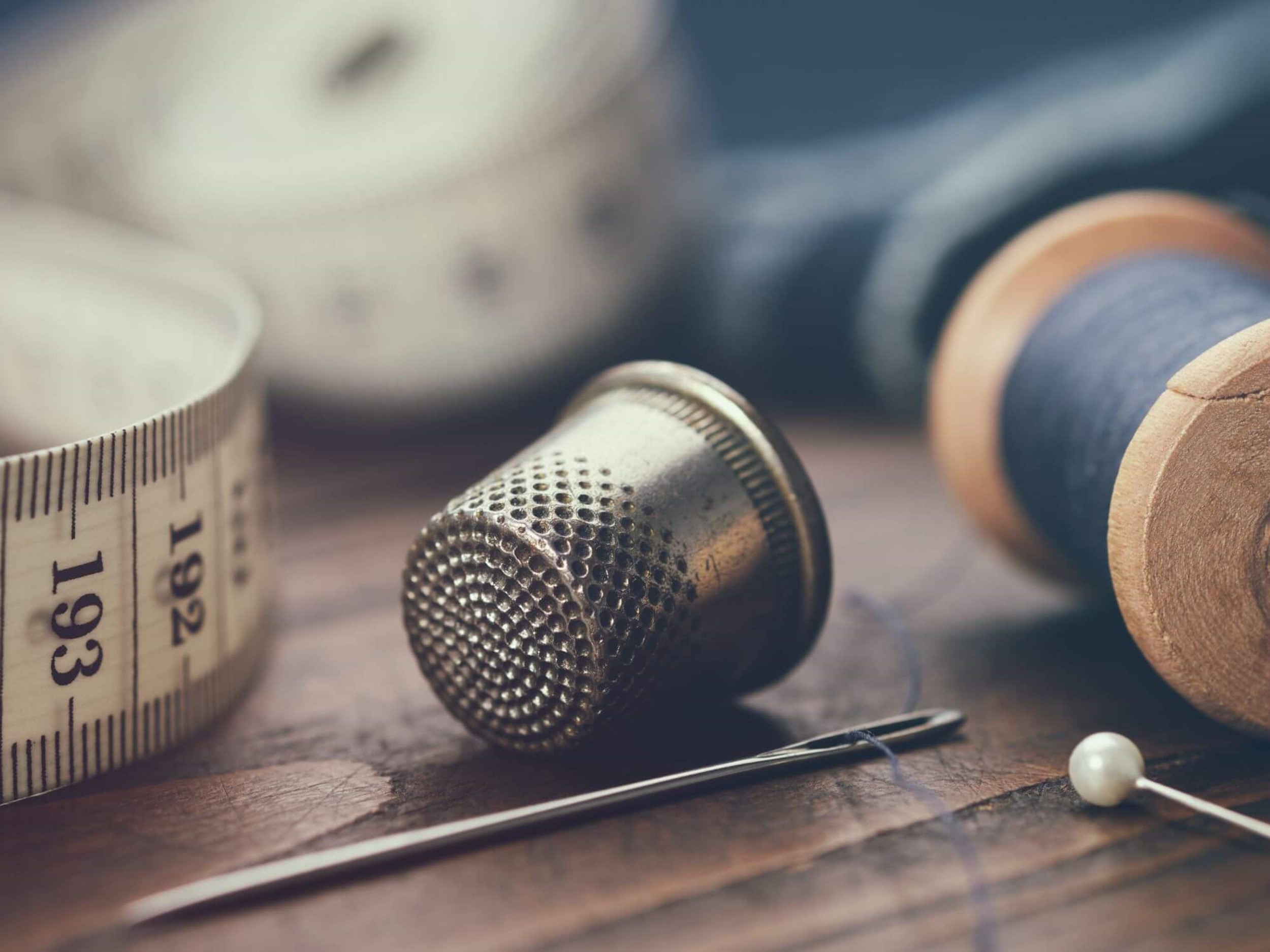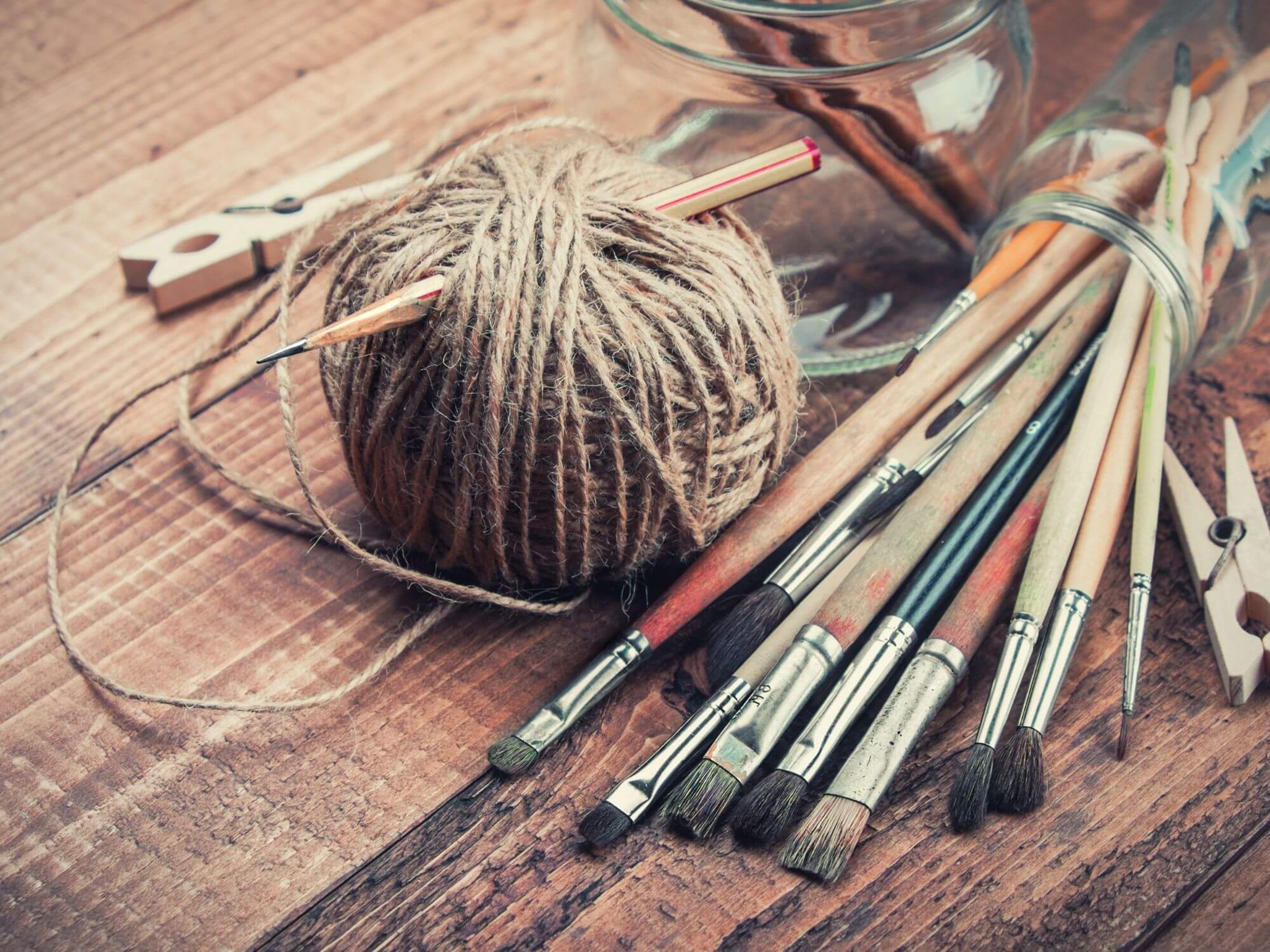Employment Essentials - Agency Work, Is it for You?

We use some essential cookies to make this website work. We’d like to set additional cookies to understand how you use our website. You can allow all or manage them individually.
We use necessary cookies to make our website work. We’d also like to set analytics cookies that help us make improvements to our website. For more detailed information about the cookies we use, read our Cookie Policy.
Essential cookies enable core functionality such as security, network management, accessibility and video. You may disable these by changing your browser settings, but this may affect how the website functions.
We’d like to set Google Analytics and Microsoft Insights cookies to help us improve our website by collecting and reporting information on how you use it. The cookies collect information in a way that does not directly identify anyone. For more information on how these cookies work, read our cookie policy.
Are you looking for Careers Education, Information, Advice and Guidance? We can help.
Find out more
Affordable courses available in centres or online at evenings, weekends and during the day with fully qualified tutors.
Book your course today
If you are looking for a new job, or want to progress in your career, these FREE online courses will help you get the important skills you need.
FREE Employment Essentials Courses
Find out more about our new concessions policy for 2023/24 courses.
Read our Concessions Guide
If you are a qualified tutor looking to join an exciting, vibrant, leading adult community provider, then we should talk...
Find out more
Explore different languages and cultures with our range of Language & Communication courses.
Browse Languages courses
Unleash your creativity with an Arts course. Discover Drawing, Painting, Photography, Watercolour and more.
Browse The Arts courses
Try a new hobby and learn new skills with our Craft courses. Choose from Pottery, Floristry, Sewing and much more.
Browse Craft courses
Focus on yourself with our range of Fitness & Wellbeing courses. Choose from Pilates, Tai Chi, Yoga and more.
Browse Fitness & Wellbeing courses
Need some inspiration finding something new? Answer the questions below and we’ll find you something suitable.

Fill out the form below to sign up to emailer. You’ll get the very latest news, events and new courses.
